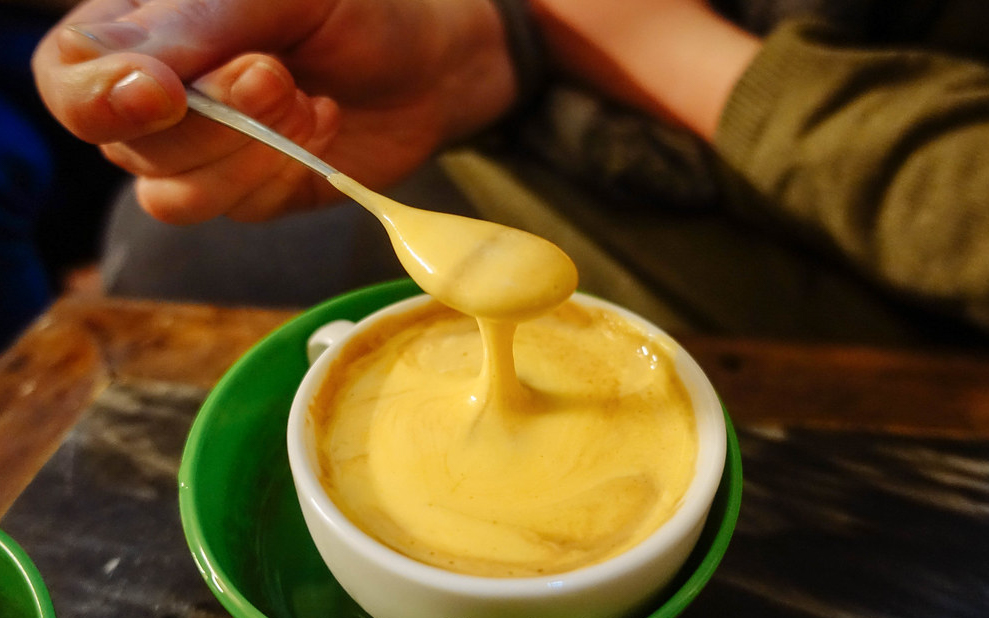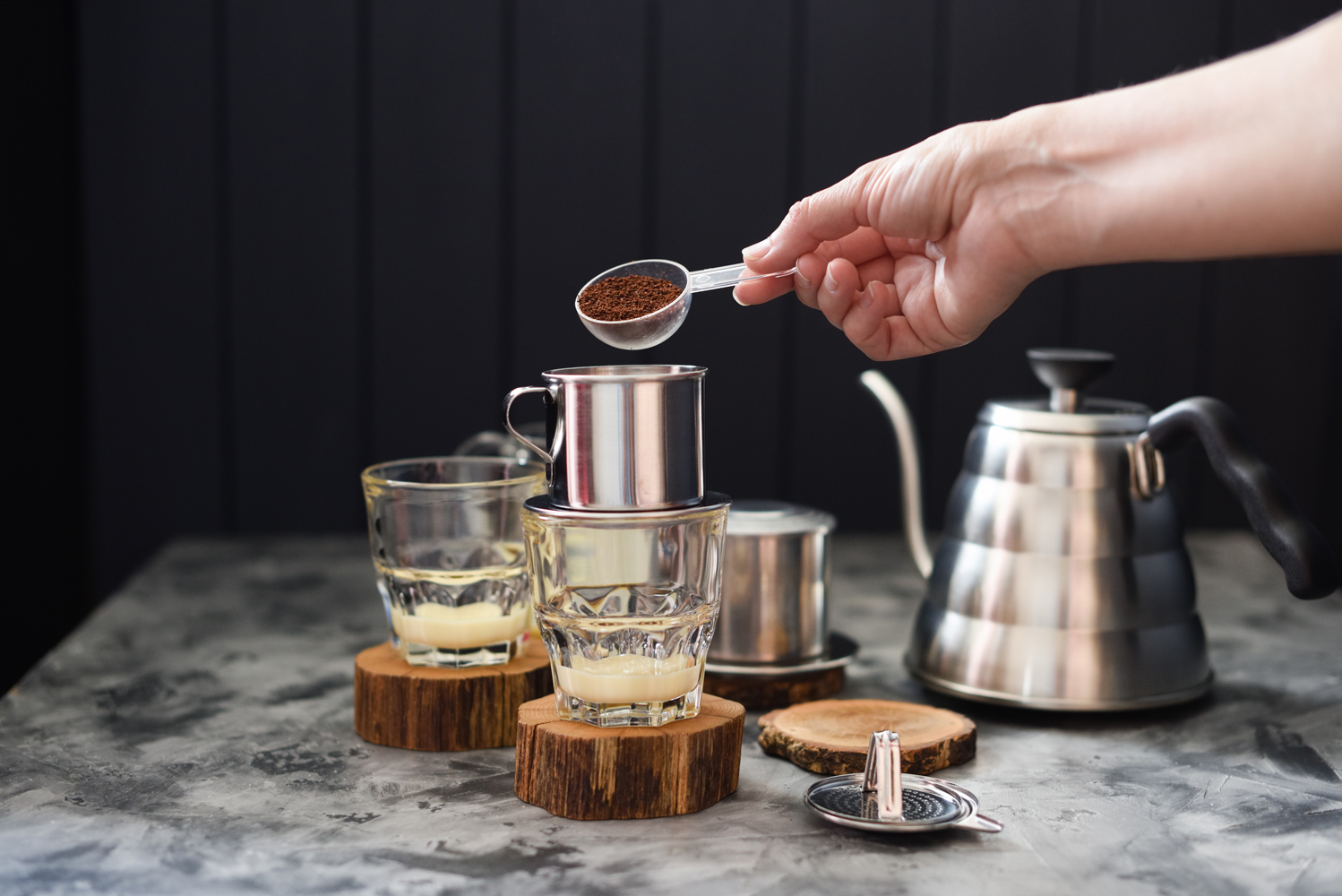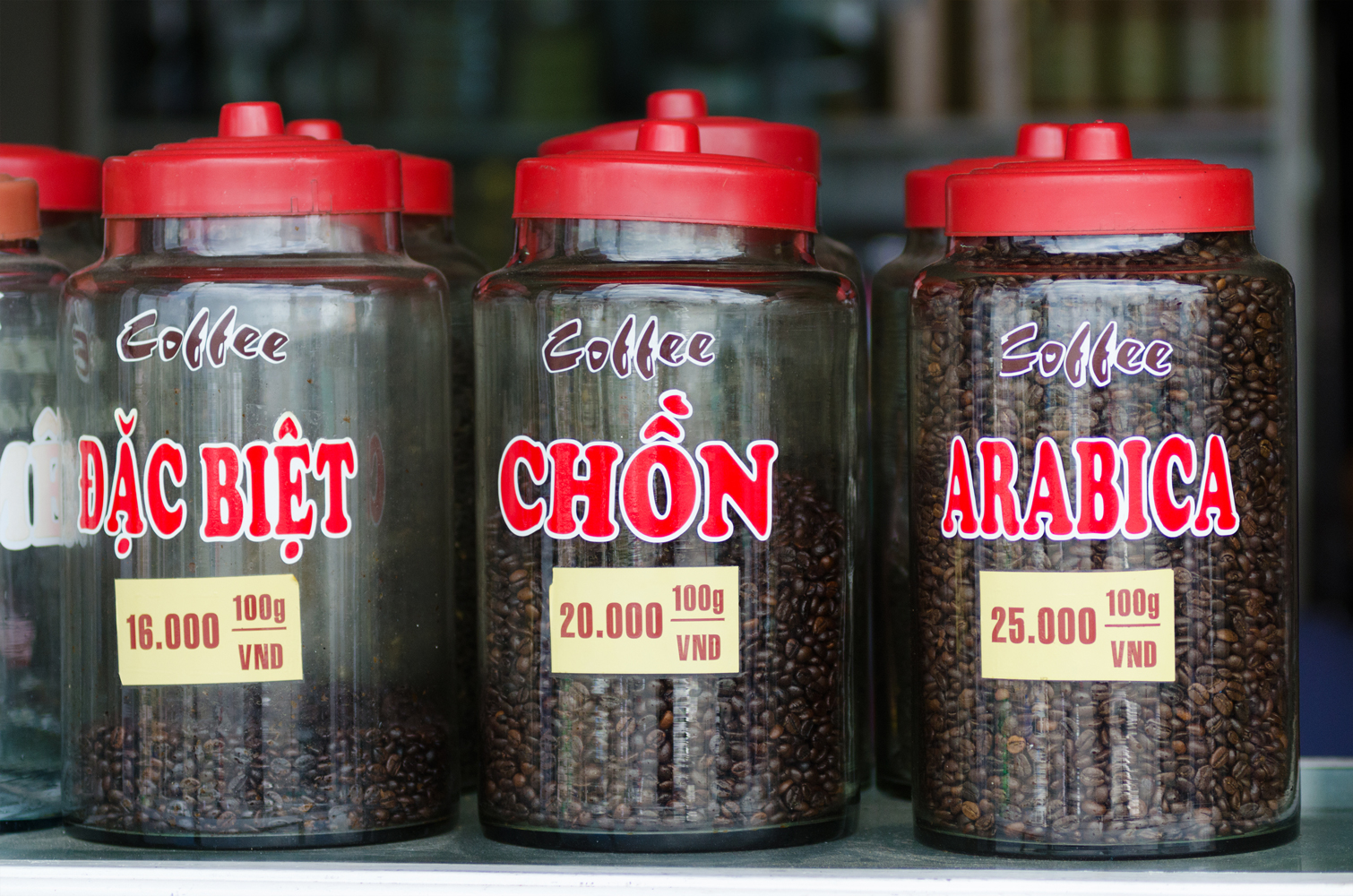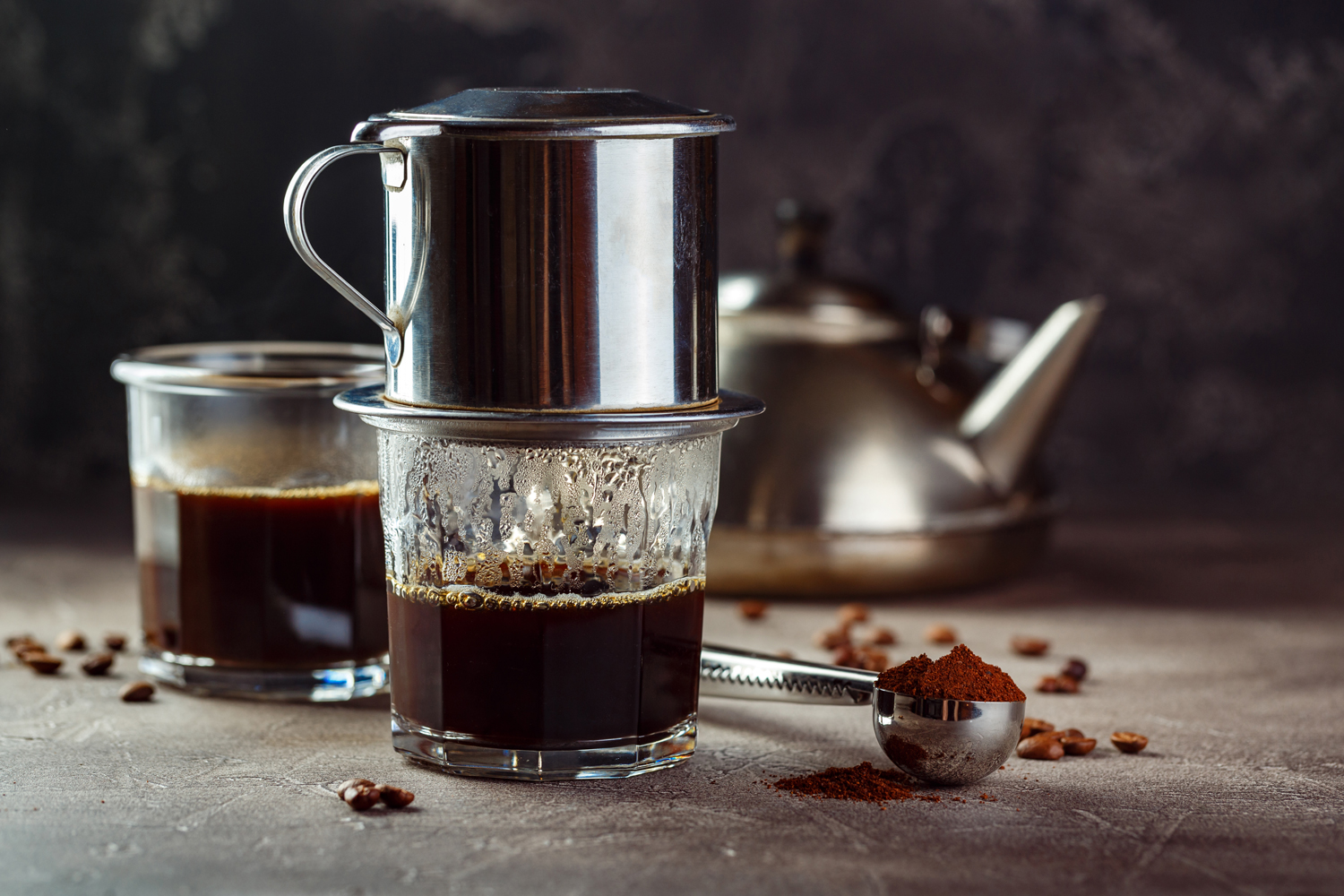With each Vietnamese region having its own distinctive way of brewing, serving and enjoying coffee, it is no surprise that coffee culture has become an indispensable part of both Vietnamese history and every day life.

The Arrival of Coffee in Vietnam
The first coffee trees followed the French to Vietnam in the 19th
century. The main coffee beans at the time were Robusta, which
boast a strong and bitter flavour and have undoubtedly influenced
the way coffee is enjoyed in Vietnam today
Coffee began as a luxury drink, enjoyed only by French nobility
and the highly-educated. After 1975, coffee farms appeared at a fast
rate in Central Highlands and coffee became an increasingly popular
beverage. From the 90’s until the present day, Vietnam has been the
second largest exporter of this commodity, closely following Brazil
The Coffee Trio
Hanoi locals will proudly introduce you to egg coffee and
recommend that you pay a visit to Giang coffee shop to experience
this decadent delight authentically.
Legend has it that a well-known chef at the Metropole hotel
created egg coffee in an attempt to combat milk scarcity. In the
1940’s shortage of produce was at a critical high and it was too costly to make a Cappucino in the traditional Italian-style. After
extensively experimenting, the innovative chef found that eggcoffee was a sweet and delicious alternative to the costly Cappucino.
For the egg coffee, raw yolk, sugar and milk are vigorously
whisked and served on black coffee. While the drink is still hot, you
are advised to softly stir the topping into the blend to produce a
coffee with a fluffy, tender and bitter taste.
“In Vietnam, coffee is considered a cultural
legacy and the image of a Vietnamese
person relaxing with a coffee has been –
and always will be – a symbol of Vietnam.
With each cup holding an individual story
and representing the diverse regions and
cultures of the country, coffee in Vietnam
is a true art of cuisine.”


Although Hue and central Vietnam
do not have an ‘iconic’ coffee of their
own, their coffee culture is similar to the
temparement of the people: sophisticated,
dense and slow.
Coffee shops in Hue and central Vietnam
are a relaxing affair and are often located in
quiet and peaceful neighbourhoods. Coffee
in these regions are usually served in small
cups and the blend itself is denser than the
blends found in Hanoi and Saigon.
Locals often visit these casual and
relaxing street shops accompanied by a close companion and together, with a
dripping filter coffee in hand, they unwind
and watch the world go by.
After enjoying egg coffee in Hanoi,
explore the sweet coffee of Saigon with a
“bac siu”. Derived from the Chinese word
for “white coffee”, the bac sui blends hot
milk with a dash of coffee and its conception
– just like the egg coffee – arose from a
scarcity of milk. Condensed milk was used as
an alternative and the creative Saigonese –
not liking the odour of condensed milk and
water – added coffee to disguise the smell,
creating an iconic beverage in the process.
In Saigon, coffee is considered a
“refreshing drink” and it is often served
in a high glass with an abundance of ice.
Locals from Hanoi and Hue may be shocked
by the sweetness when first experiencing
Saigonese coffee as they are used to a much
stronger and deeper taste.
What’s more, those living in the
municipality of Saigon tend to enjoy their
coffee in accordance with the fast-paced
nature of the city whereas locals of Hanoi
and Hue enjoy their caffeine at a more
leisurely pace.
In Vietnam, coffee is considered
a cultural legacy and the image of a
Vietnamese person relaxing with a coffee
has been – and always will be – a symbol
of Vietnam. With each cup holding an
individual story and representing the
diverse regions and cultures of the country,
coffee in Vietnam is a true art of cuisine.
